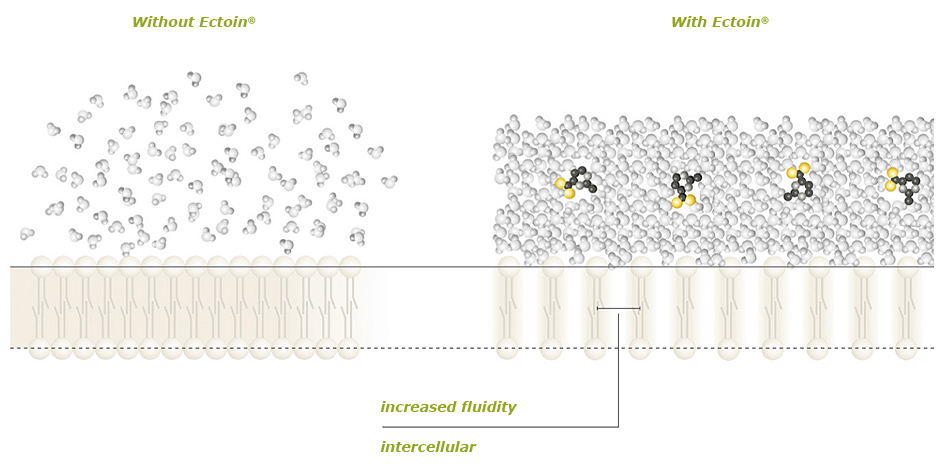Ectoin: Deciphering the Anti-Aging Mechanisms.
The pursuit of youthful skin drives much of the innovation in the cosmetics industry. Companies continually seek out and test new compounds aimed at turning back the clock on skin aging. One naturally derived ingredient that shows promise is ectoine.
Ectoine is a compatible solute produced by microorganisms that live in extreme environments such as salt lakes and hot springs. These extremophiles produce ectoine to help protect their cells from stresses like high salinity, temperature fluctuations, and UV radiation.
Ectoine is produced by extremophile microorganisms that thrive in stressful environments. Recent research published in the International Journal of Cosmetic Science elucidated how ectoine works at the molecular level to protect skin cells from aging [insert study link here].
Using a 3D model of human skin, researchers applied ectoine at varying concentrations. Gene expression analysis post-treatment revealed ectoine’s anti-aging mechanisms:
Activated genes for cytoprotection, DNA repair and antioxidant defense
Downregulated inflammatory and cell stress related genes
Modulated pathways involved in cell proliferation
Ectoine works as a natural anti-aging ingredient because of its ability to stabilize proteins and cell membranes. It can also regulate hydration and accelerate repair of DNA damage. These biological activities make ectoine highly effective at combating intrinsic and extrinsic aging factors.
Unlike many anti-aging actives, ectoine is not linked to irritation, sensitization or instability. Furthermore, its multimodal molecular actions make it effective at fighting intrinsic and extrinsic skin aging.
Cosmetic formulators have taken note of ectoine’s biological activities. Several companies now offer ectoine as an anti-aging ingredient marketed for its ability to hydrate, smooth, and rejuvenate skin.
However, most products contain low percentages of ectoine. The featured study utilized concentrations orders of magnitude higher than typical cosmetic formulations. This raises questions about real-world efficacy that warrant further investigation.
High purity ectoine derived from bacterial fermentation is safe and well-tolerated. However, costs have limited the widespread use of therapeutic amounts in topical skincare products until recently. Innovations in manufacturing processes are making higher percentages feasible.
One exception is NOAGE skincare, which contains clinically tested concentrations of ectoine proven to fight signs of aging. Most other brands use ectoine only in trace amounts.
Nonetheless, ectoine represents an intriguing anti-aging prospect. Its natural origin provides a possibly safer alternative to synthetic ingredients. Unlocking the secrets of how extremophiles like ectoine survive hostile environments could unlock the secrets of youthful skin.



